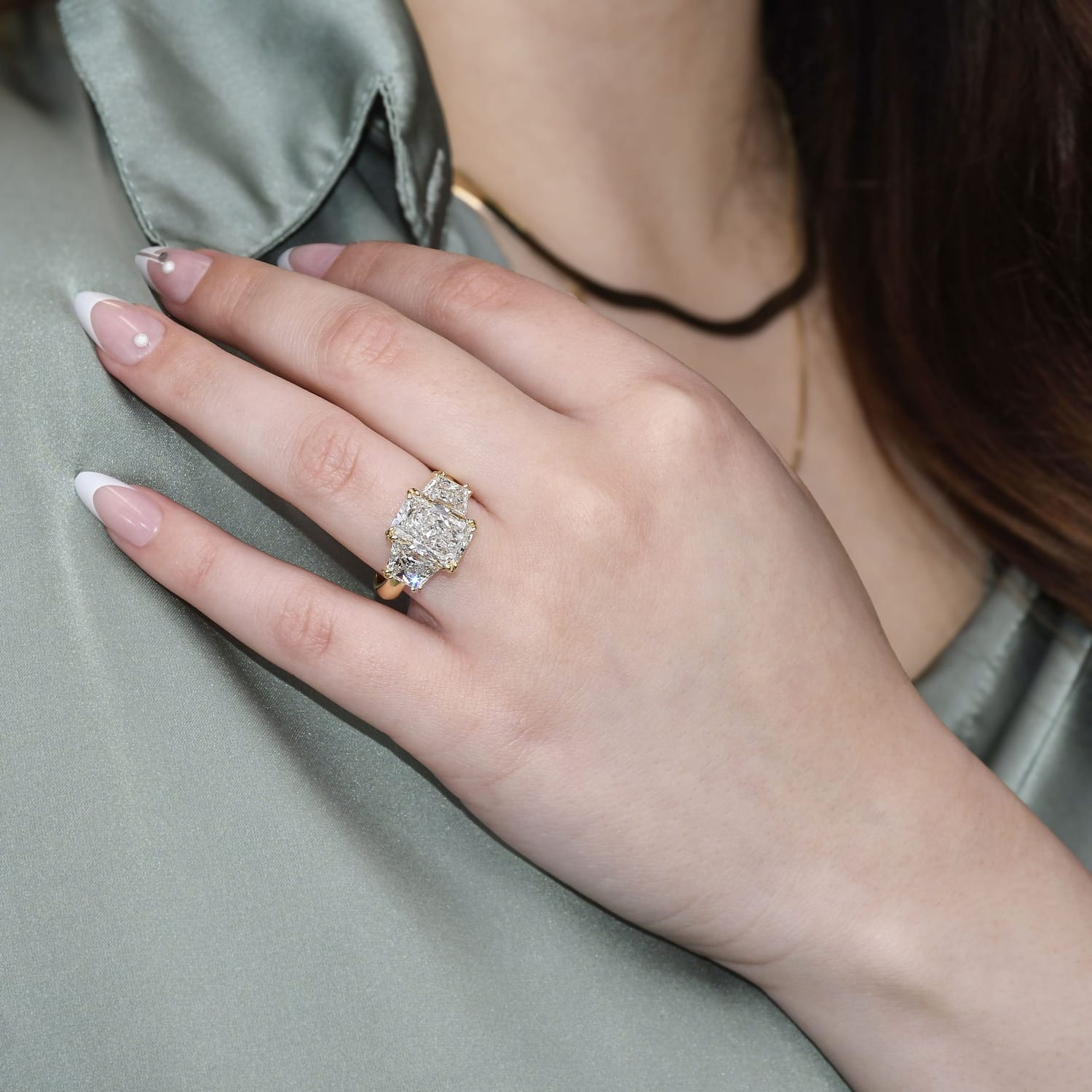Ring Education: Metal Education - Precious Metals
Gold
- Colors:
- Yellow Gold - The classic hue of gold resulting from the combination of gold, silver, and copper.
- White Gold - Gold alloyed with a mix of nickel, silver, and zinc to give it a silvery white color with a minor yellow tint. White gold jewelry is traditionally finished with a rhodium plating to remove any hint of yellow and make it bright white. There are, however, white gold alloys utilizing palladium that may not require rhodium plating due to the purer white color of these alloys.
-
Rose Gold - Gold combined with a significant amount of copper for a pinkish-red hue.

- Alloys: Pure gold (24 karat) is too soft for daily wear, so it's alloyed with other metals for strength. Commonly used gold in jewelry:
- 18K Gold - 75% gold, more resistant to wear and tear compared with 24K.
- 14K Gold - 58.3% gold, a good balance between durability and purity.
- 10K Gold - 41.7% gold, very durable but less luxurious, and may become brittle over time due to its relatively low gold content.
Pros: White gold is exceptionally durable, gold jewelry is highly valued, timeless appeal, malleable, resists rust, tarnish, and corrosion.
Cons: White gold typically requires rhodium plating to maintain its white color, rose gold is commonly extremely soft and may bend easily, higher karats or yellow and rose gold are softer and might bend or scratch more easily.


